Blog

A Mid-Year Check-Up Across Business, Brand, and Culture
The half-way point of the year is always ripe for reflection. We all survived Q1, the budget isn’t completely spent yet, and with any luck, we’ll live to see Q3. It’s a perfect time to kick the tires of your business, brand, and culture. What’s working? What’s failing? How can you fail better? How can you push things forward and end the year on a meteoric rise instead of a trickle? Let’s run a brief diagnostic check. 1. How is your brand positioning? Are you top of mind? Is it clear, competitive, differentiated? Maybe your sales have declined, your targeted audience has shifted, or your...
Read more >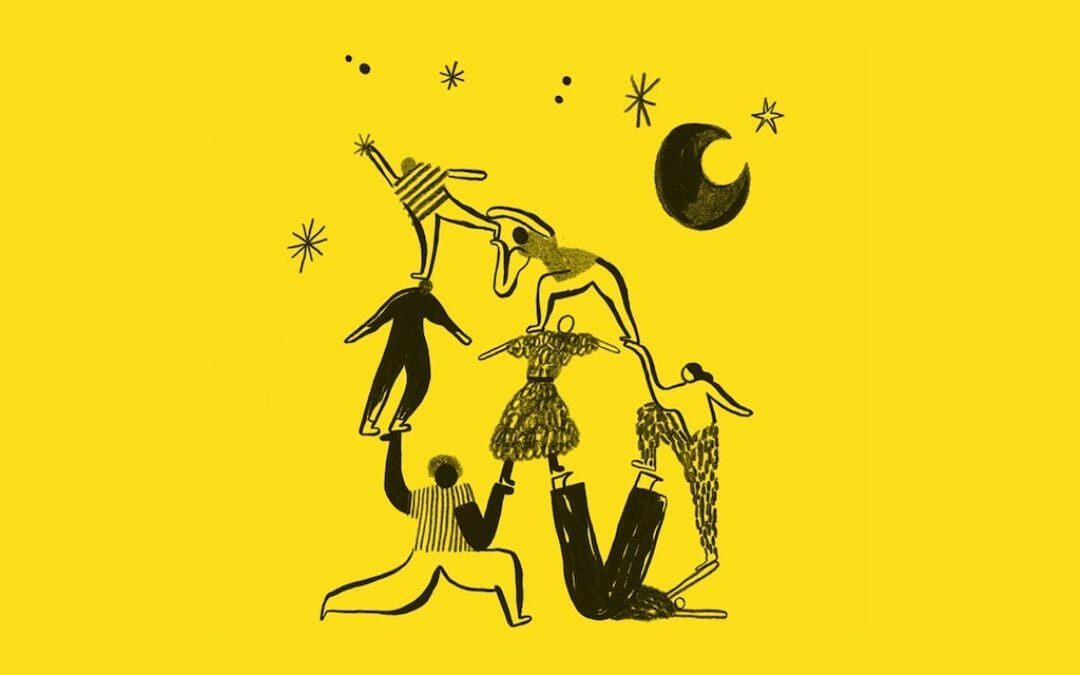
Bridging the False Divide Between B2B and B2C
Business is made of people trying to sell each other things. That’s it. And yet, there is still this massive gulf between business-to-business (B2B) and business-to-consumer (B2C). You feel it immediately in the design and language used. You don’t need a branding vocabulary to know when you’re seeing a B2B ad, because it will probably feature code, a weird bar chart, and copy like, “Adding code coverage with Slather to Zendesk’s iOS SDK build.” Here’s what I want to know: high-level B2B decision-makers are still people – people with hearts, minds, and feelings who make decisions based on...
Read more >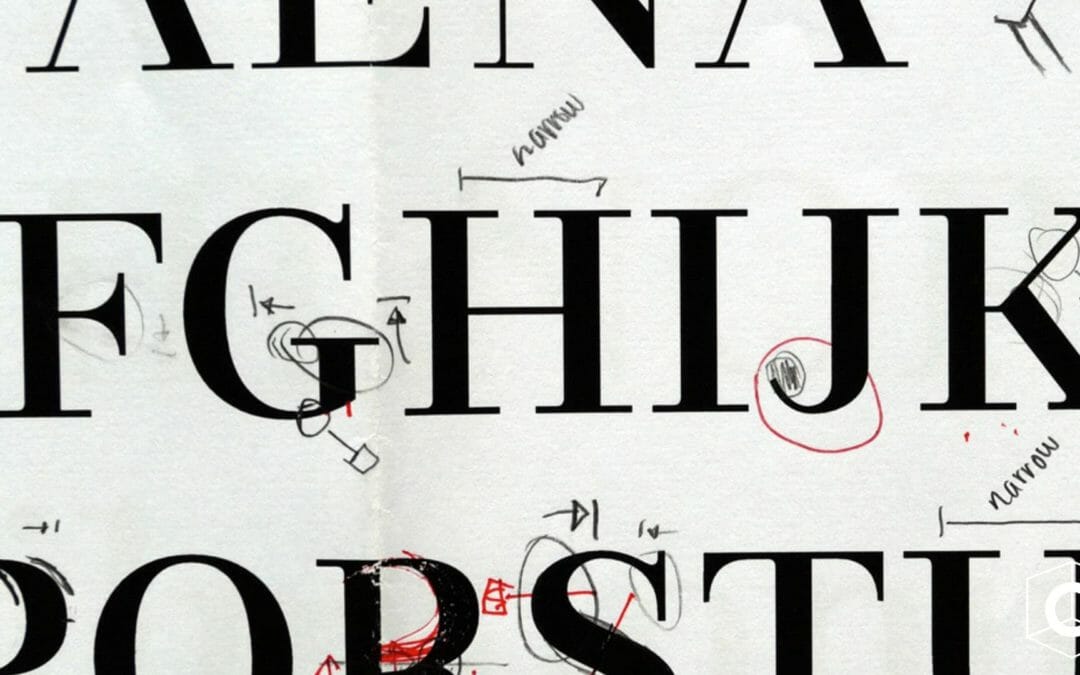
The Myth of Likability and Other Lessons from Font
Last month, we were visited by the good folks at Dalton Maag, an independent font foundry with offices in London and São Paulo, Brazil. They make type for branding, retail, and corporate clients that perform beautifully across print and digital environments. After running us through some of their work, including an amazing demonstration of variable fonts – responsive type that can store multiple variations of a type family into a single font file – we got into a discussion on the differences between three components of evaluating type: legibility, readability, and likability. And what we...
Read more >
Back to School: An Interactive Presentation at Orinda Intermediate School
This past October, Design Director Robert Saywitz and Production Director Jonathan Fisher found themselves back at Orinda Intermediate School for the second annual “Power of Branding” workshop. Similar to last year, students were given a brief history of branding – the power of symbols in our culture, logo design, and how brands can evolve over time. Students were then broken into teams and tasked with either creating a new brand identity for a fictional educational startup, or rebranding Amazon’s existing identity. More than ever, it showed the importance of teamwork in problem-solving and...
Read more >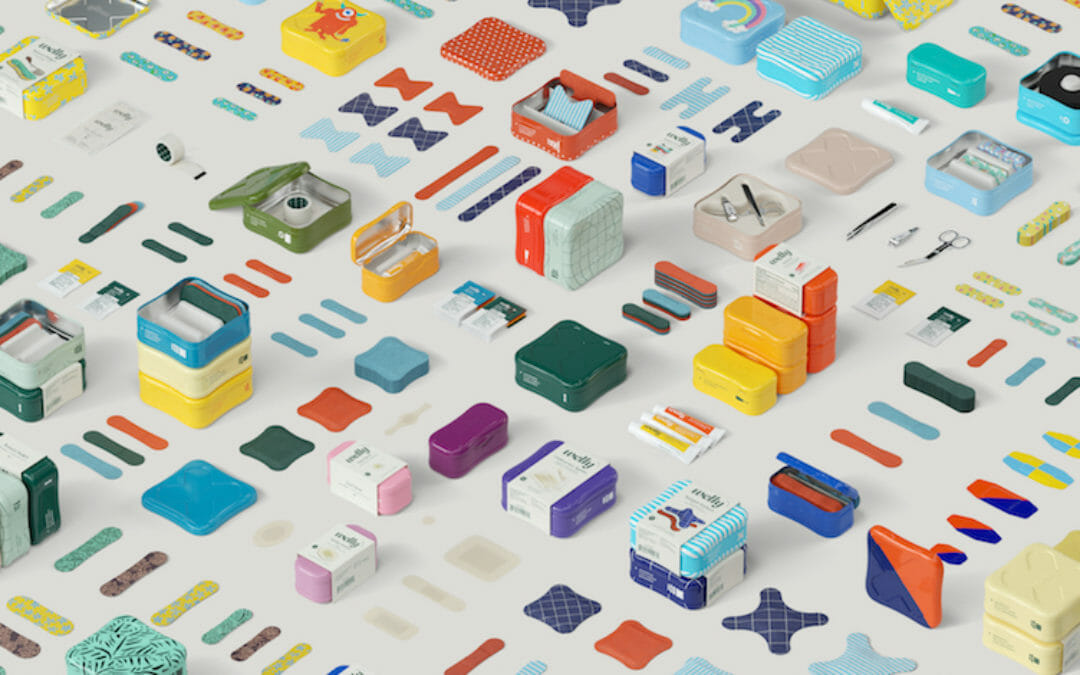
Make It Sexy: The Big Impact of Branding “Boring” Things
Branding and advertising are infamous for making us covet things we don’t actually need. The super sleek sheen of a Tesla or an iPhone or a bra designed by NASA’s top scientists are alluring, but at the end of the day, they are merely luxuries. The question of getting people to need something they want is sales 101. But more and more, branding agencies are tackling the inverse. How do you get people to want the things they need? Is there a space for surprise and delight in the most boring, pedestrian motions of daily life: applying a bandage, brushing our teeth, wiping our bums? Welcome to...
Read more >
How to Tune-Up Your Bullshit Detector
In the immortal words of Jon Stewart, “Bullshit is everywhere. There is very little that you will encounter in life that has not been, in some way, infused with bullshit.” As a brand strategy and design agency, we live in the intersection between people and brands. This is perhaps one of the most fertile, organic spaces for bullshit to thrive. The speed of technology has created a sizeable gap between those who know what they’re talking about and those who don’t. Our job, to the best of our abilities, is to eradicate the nonsense, the fluff, the jargon, the overpromising and...
Read more >
Who Thrives at a Brand Strategy and Design Agency?
What type of person thrives at a brand strategy and design agency? Looking around our office, we have people from advertising, journalism, psychology, economics, sociology, sales, graphic design, media – and like any successful venture, a few restless English majors. Is there a through-line? In our line of work, we privilege business acumen, technical fluency, big idea thinking, writing prowess, collaborative mindsets, passion, curiosity, empathy, and an obsession for the details. We get just as excited by an experiential brand launch as an exquisitely organized messaging matrix. With our...
Read more >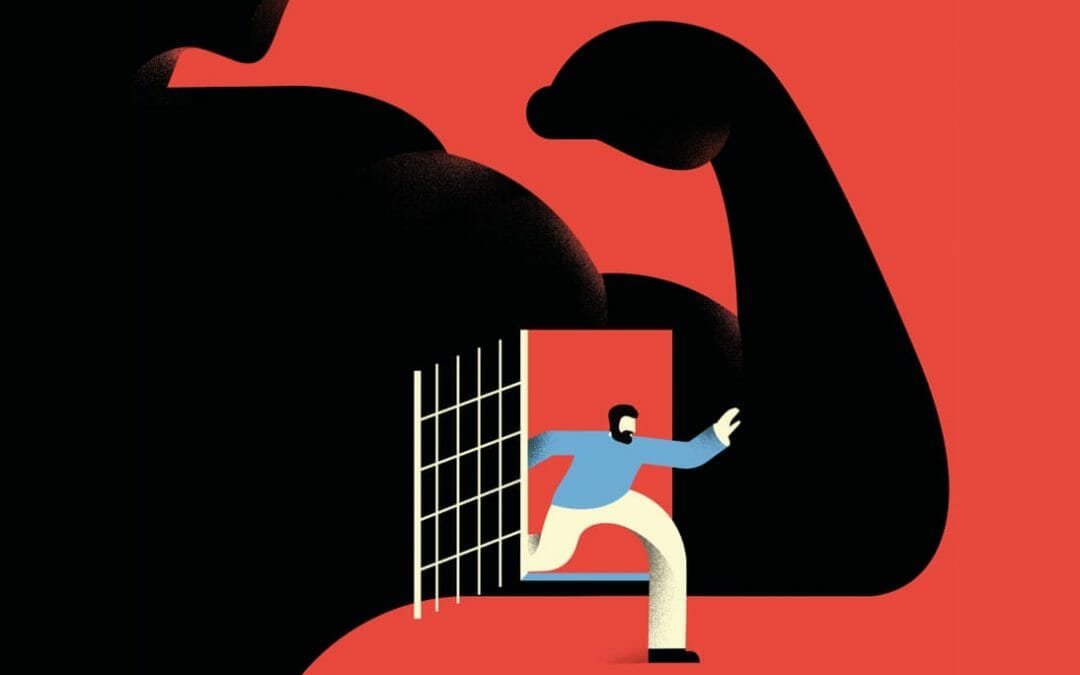
The Super Tough Brands of Fragile Masculinity
Last week, the world was given two small wonders: War Paint, a hyper-aggressive makeup brand exclusively for men, and Liquid Death, canned water designed to look like beer. Two “wellness” brands aimed at men, cloaked in the visual language of skulls, tattoos, and violence. What can these two bizarre companies teach us about the role of gender in branding? And is breaking down male stigma in the wellness space simply a design problem? Branding … For Him! Let’s start with War Paint. Their 13-second ad features a heavily tattooed man using various products, flexing his pecs, and adorning...
Read more >
Brand Positioning: Why Now?
Reasons to Invest in Brand Positioning There are many reasons why a brand might need to invest in brand positioning. In our work, we see businesses thinking about repositioning for many reasons. Sales might be declining. Your target audience may have shifted. You may have realized you’re targeting the wrong people. Your product roadmap has evolved. Competitors may have entered your space and you can’t seem to differentiate your value. Maybe, customers even perceive your brand as outdated or irrelevant. Over the past few years, we’ve seen a number of ecosystems overcrowding. As a...
Read more >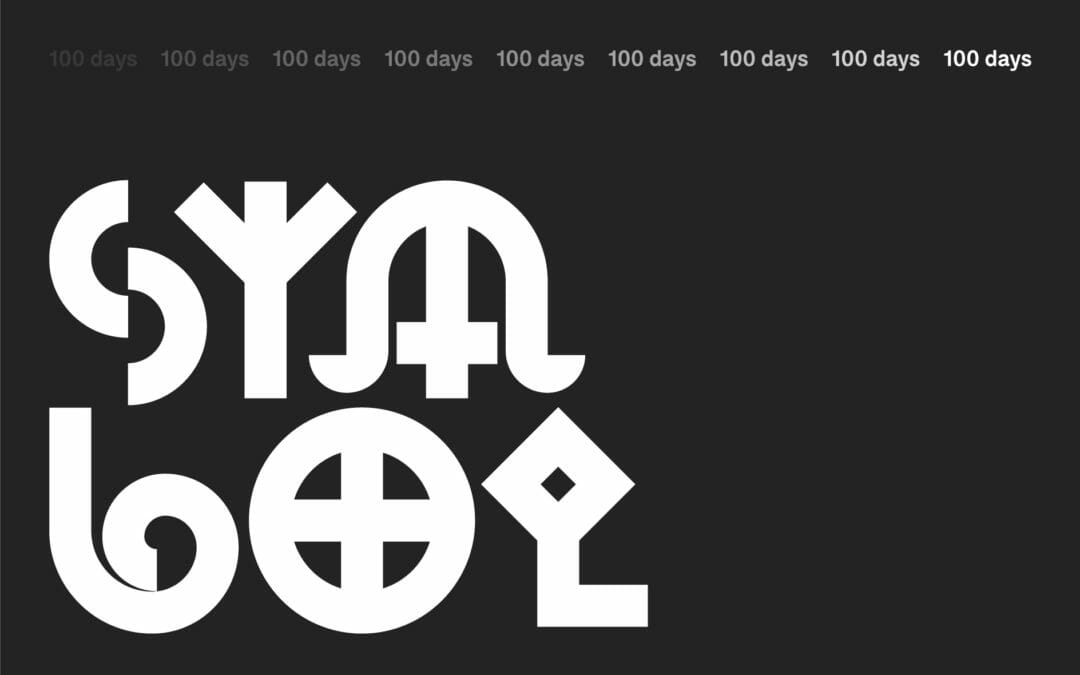
#100DayProject: From Ancient Symbols to Brand Design
This year, the design team at Emotive Brand is participating in the #100DayProject. Today, we sit down with Senior Designer Jonathan Haggard to discuss symbols, simplicity, and how to be brave in your creative decision-making. What is the #100DayProject? The 100DayProject is a free art project started by Lindsay Thomson that takes place online. Every spring, thousands of people all around the world commit to 100 days of exploring their creativity. The idea is that you pick a theme or a project and rev on that 100 times. This year, our focus is on how ancient symbols inform contemporary brand...
Read more >
Why Do Billion-Dollar Companies Use Stock Photography?
The following pictures are from the websites of Fortune 100 tech companies in the year 2019. I did not edit or manipulate them in any way, and most of them are only one click away from the landing page. To reiterate, these are companies that drive billions of dollars in revenue, and often spend years crafting their identity. Three business professionals inexplicably working on one computer, eleven people smiling into the same void, a hand with the power to emit data-point holograms – this is the visual language of stock photography for enterprises. When it comes to the subject matter, there...
Read more >
Culture Is Everything: A Roundtable with Emotive Brand
Atmosphere. Vibe. Energy. Mood. That certain je ne sais quoi. It’s often difficult to describe a company’s culture, but you can feel it the second you walk in the door. Rajeev Bhardwaj described work culture as “an intangible ecosystem that makes some places great to work and other places toxic.” BambooHR says it’s “like a set of miniature societies within a larger society, and their cultures are expressions of the work they perform, the values they adopt, and the collective behaviors of the people who work for them.” Culture can bring strategy to life, ignite business success, and...
Read more >
Unifying Vision, Mission, Strategy, Brand, and Culture
It’s very difficult to work hard when you don’t understand what you’re working toward. We’re all capable of putting our heads down and grinding it out – but that behavior generally leads to burnout, apathy, and updating your LinkedIn. A recent study from Reward Gateway, a global employee engagement company, which surveyed 1,500 workers and 750 senior decision-makers across the U.K., U.S., and Australia has revealed that only 25% of employees feel completely informed about their employer’s corporate mission and only 32% of employees feel completely informed about the values of the...
Read more >
Is It Possible to Ever Truly Be Brandless?
There’s No Brand Like No Brand at All At its heart, branding is about clarity. When we do our job right, we deliver clarity of purpose, message, and design. In this space, minimalism is something that is hard earned. The paradox is that it takes decades of tireless work to reach a stage in which your brand is so ubiquitous, it’s nearly invisible. Brands like Nike, Mastercard, McDonald’s, Starbucks, and Shell all utilize wordless logos, the end result of a process that’s sometimes called “debranding” or “decorporatizing.” The benefits of reaching this iconic tier are innumerable:...
Read more >
Brand, Purpose, Culture: The Triple Threat For Business Right Now
In Tandem We talk a lot about how businesses today need a strong brand, a clear purpose, and an inspired culture. Each of these brand components are playing a greater role in business success today. Sometimes it appears that if you just have one, you might be able to turn your business around. But this is no longer the case. Without all three – brand, purpose, culture – working together and driving one another, rising to the top is not a possibility. Simply embracing purpose is no longer enough to stand out. Even the most talented people aren’t going to drive you into the future without a...
Read more >
